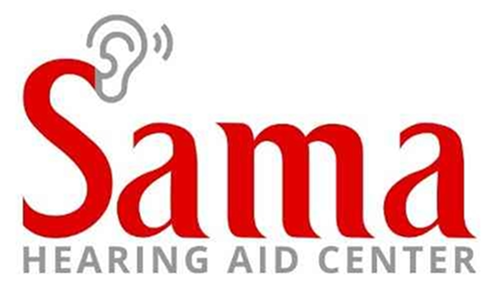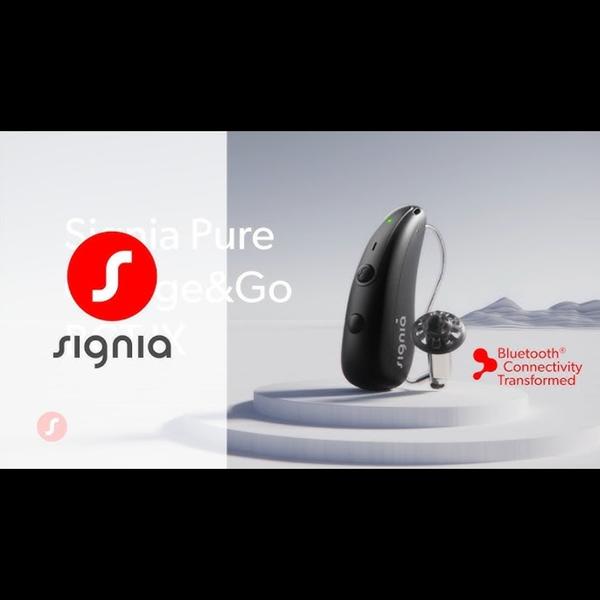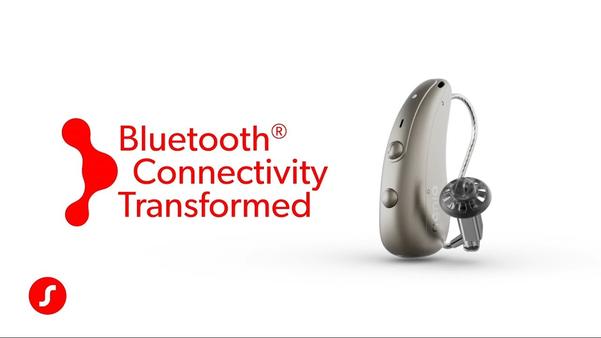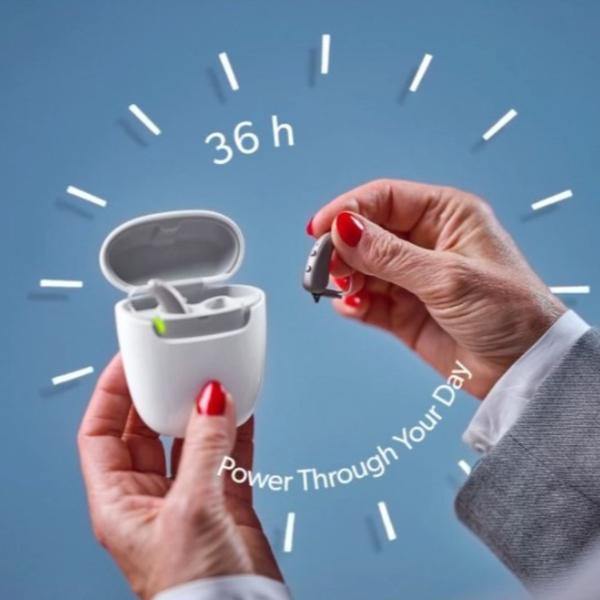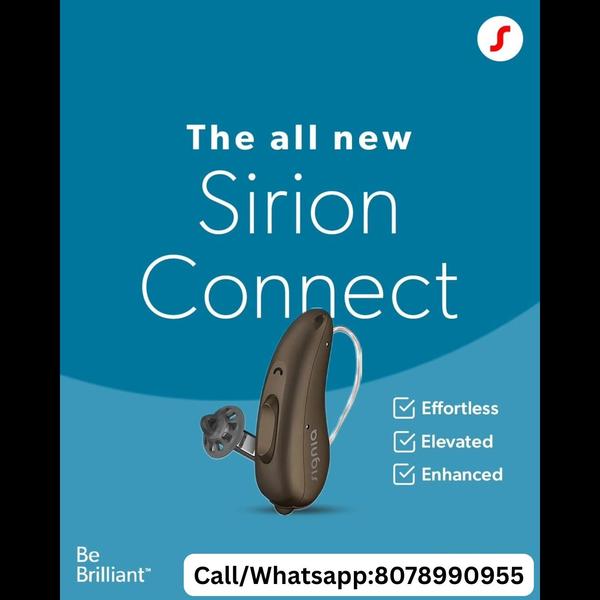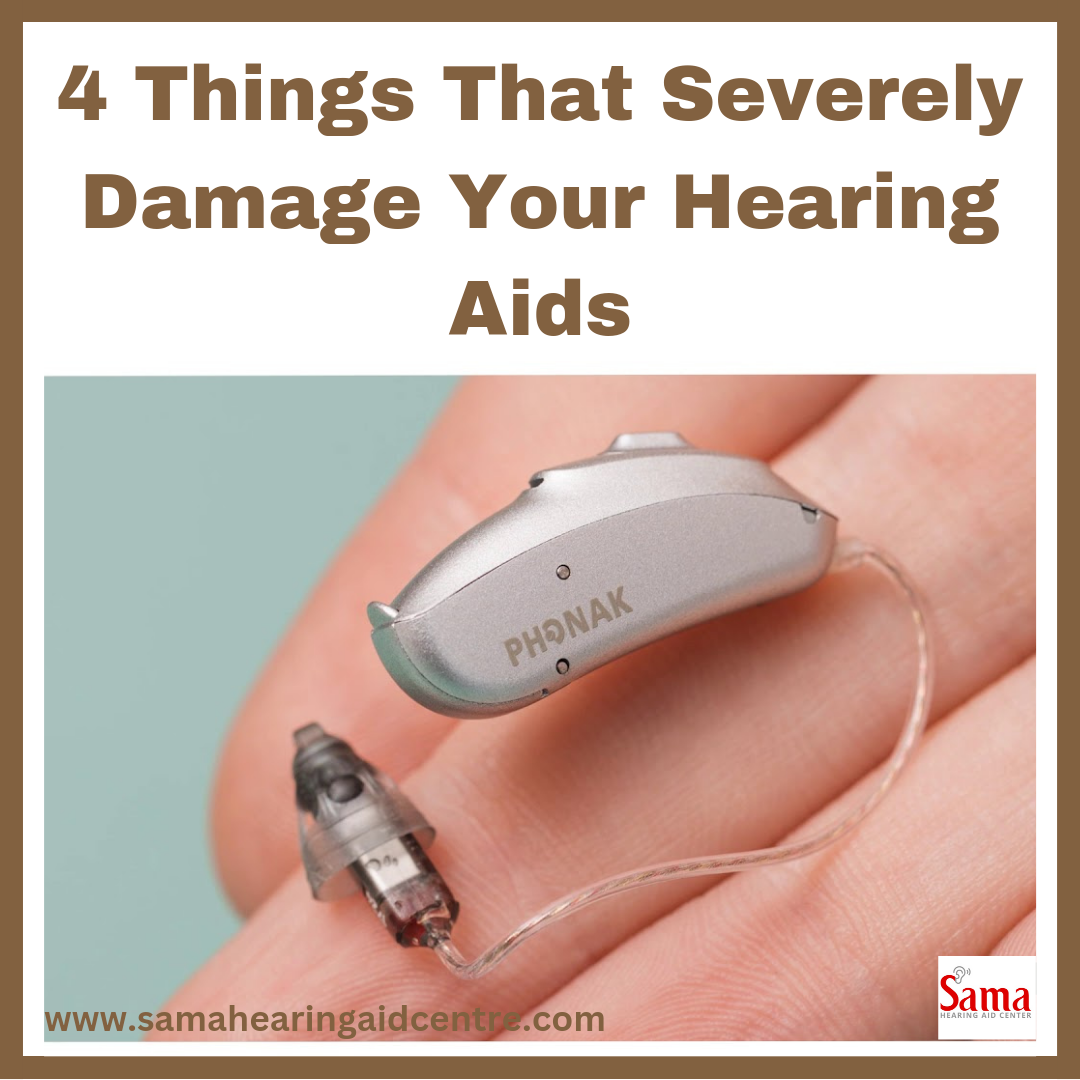
4 Things That Severely Damage Your Hearing Aids
Hearing aids are crucial devices for those with hearing loss. In addition, they can also be difficult and, at the same time, expensive to replace if damaged. Therefore, individuals need to properly take care of their hearing aids. Moreover, several environments and factors can damage hearing devices. Thus, here’s a guide on how Individuals with hearing loss should take special care in the following activities and environments.
1. Water and moisture
Hearing aids and moisture do not work well together. Hearing aids contain electronic parts that malfunction when exposed to water and wet conditions. These devices should never be worn when showering or bathing. While participating in any type of water sports, such as swimming or surfing, individuals should take off and remove their hearing aids. When participating in other sports and fitness activities, it is important to be aware that moisture from sweat could potentially damage hearing aids as well. Therefore, individuals can wear sweatbands or just remove their devices to prevent harm. On the contrary, some hearing aid manufacturers claim that their devices are waterproof or water resistant. However, it is recommended that individuals take care of their hearing aids by limiting exposure to the water.
2. Extreme temperatures
Extremely hot or cold temperatures can affect the performance of your hearing aid. Never leave a device in a car or another environment that is hot. The extreme heat could melt parts of the device. Moreover, humidity can impact the performance of hearing aids as well because of moisture. In humid climates, individuals should dry out their hearing aids at night with a special dehumidifier. In cold climates, moisture can also occur from the condensation that forms after going in and out from cold outdoor and warm indoor environments.
3. Battery problems
A dead battery is the most common reason for hearing aid failure, according to the study conducted by the Johns Hopkins Medicine. Individuals should check and replace their batteries frequently. Moisture can also damage batteries and cause corrosion. Hence, victims should avoid moisture and ensure that their batteries are dry.
4. Earwax and poor hygiene
After a dead battery, earwax is the second most common cause of failing hearing aids. Individuals should remove their hearing devices every night and clean them with a dry cloth. Some small hearing aids may come with brushes and picks to remove wax from the tiny openings and indents too. Limiting your exposure to environments that can damage your hearing aid is the key to increasing the life of your hearing aids. However, there are times when taking proper care of hearing aids is almost impossible. In such cases, you should protect your hearing devices with protective care measures such as drying it with a cloth or dehumidifier.
When to seek a professional
If your hearing aid starts to malfunction, do not try to repair it by yourself. Hearing aids are expensive and small devices. Taking them apart and putting them back together can be extremely difficult. Opening up the hearing aid can also void the manufacturer’s warranty. Most manufacturers offer a warranty that should cover repairs. Individuals should contact their audiologist when problems arise. Therefore, with proper care and protection, hearing aids can last a long time.
Keywords
key
hot
type
life
harm
night
guide
sweat
cases
times
picks
study
Earwax
surfing
factors
brushes
repairs
victims
indents
exposure
swimming
contrary
warranty
moisture
humidity
4 Things
addition
dry cloth
long time
expensive
batteries
same time
corrosion
protection
performance
audiologist
individuals
proper care
condensation
professional
water sports
hearing loss
other sports
extreme heat
special care
cold outdoor
poor hygiene
dead battery
cold climates
small devices
common reason
tiny openings
humid climates
wet conditions
hearing devices
crucial devices
Battery problems
electronic parts
cold temperatures
small hearing aids
Most manufacturers
fitness activities
hearing aid failure
special dehumidifier
Extreme temperatures
several environments
following activities
Johns Hopkins Medicine
warm indoor environments
protective care measures
second most common cause
hearing aid manufacturers
